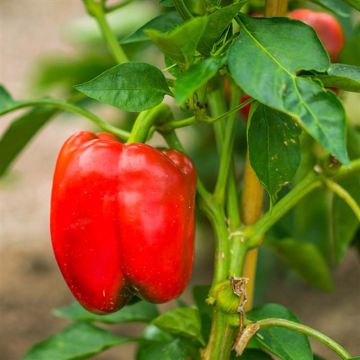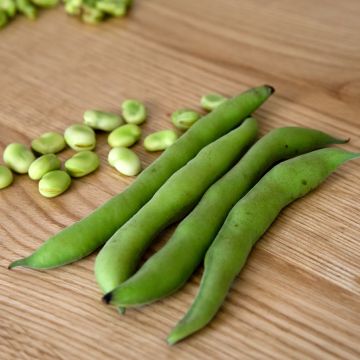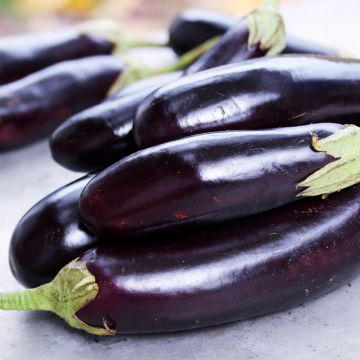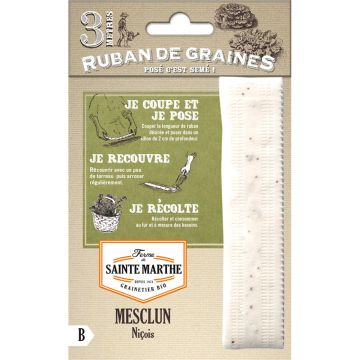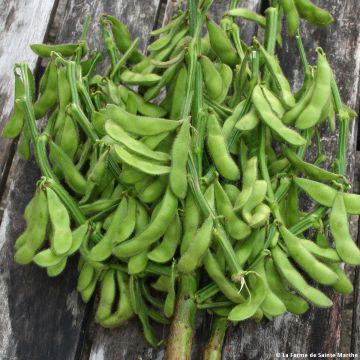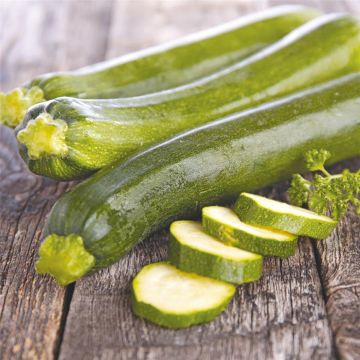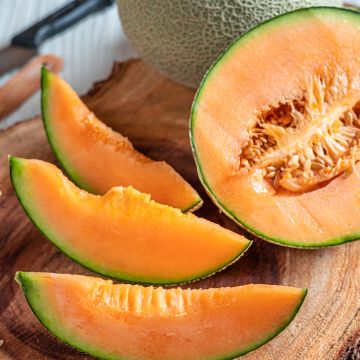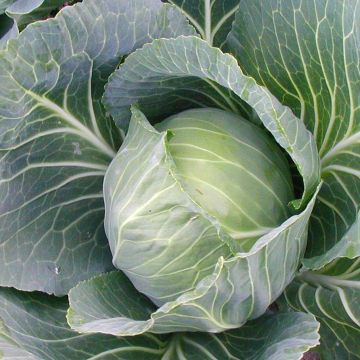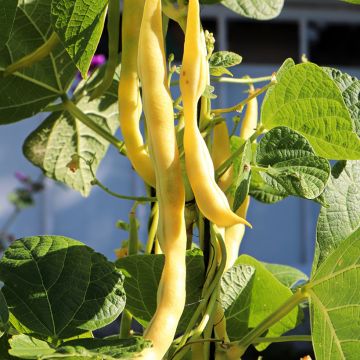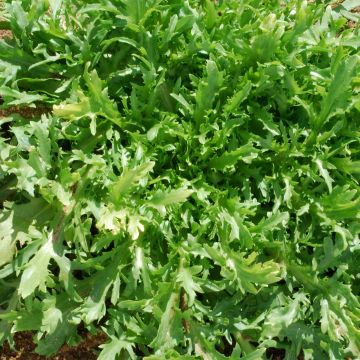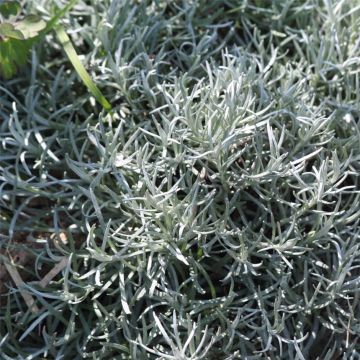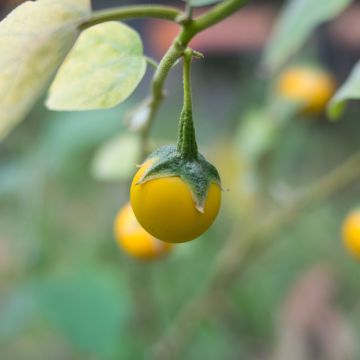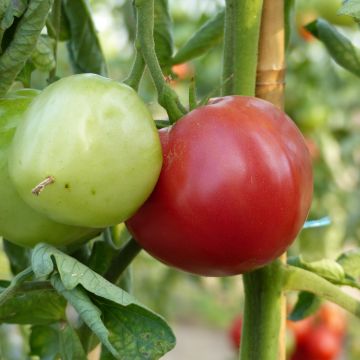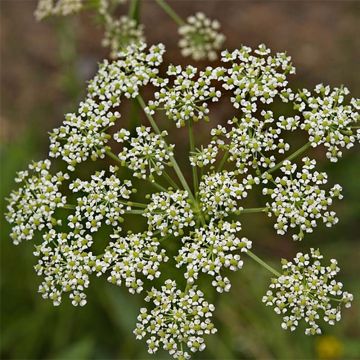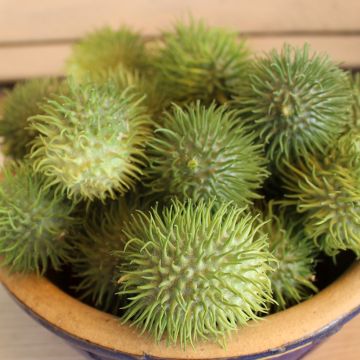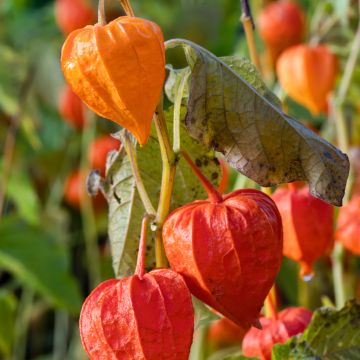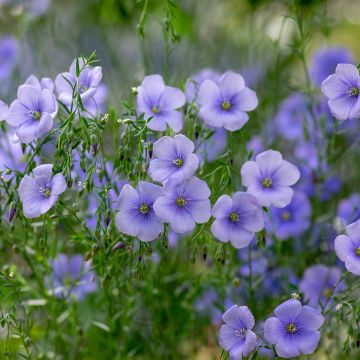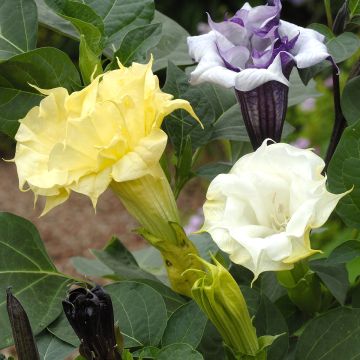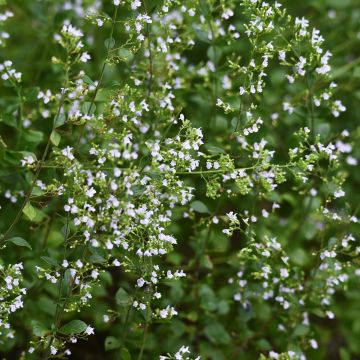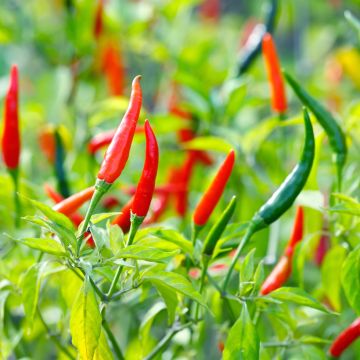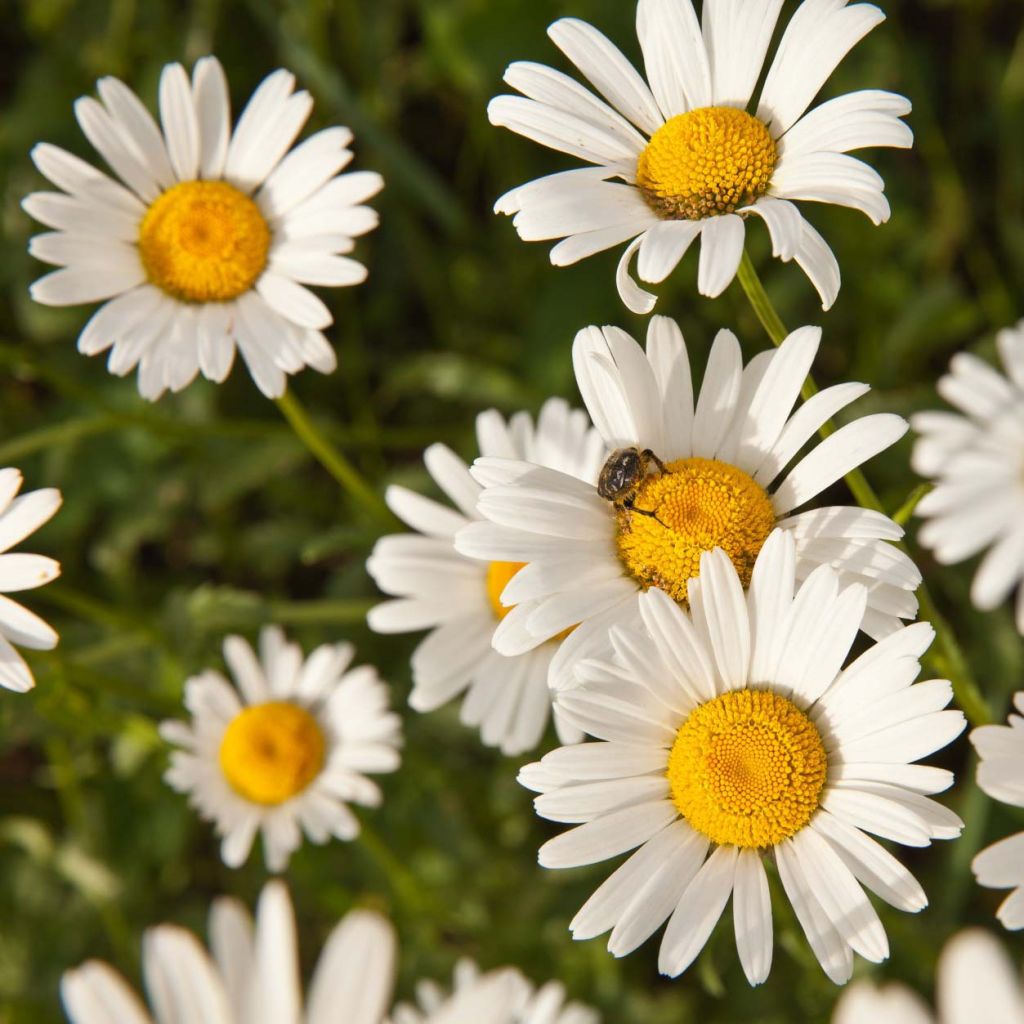

Anthemis nobilis
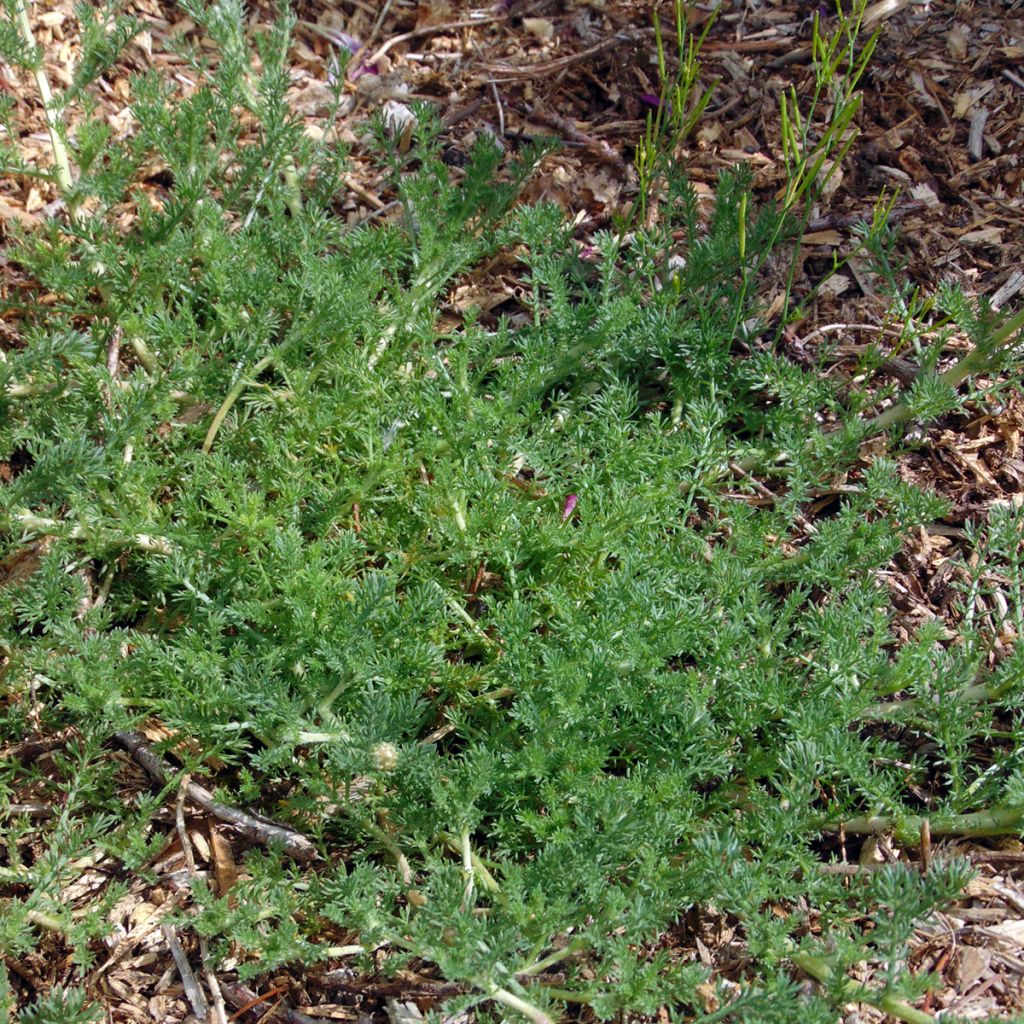

Anthemis nobilis
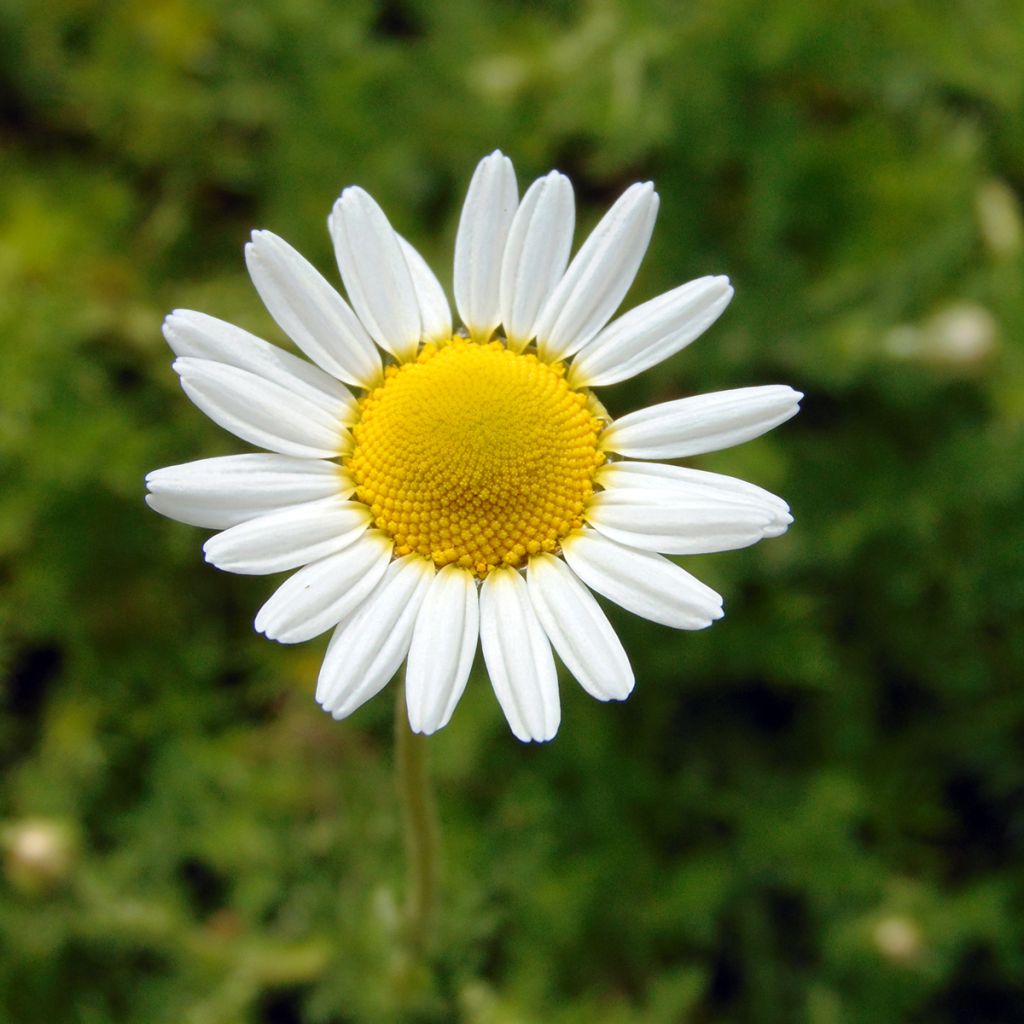

Anthemis nobilis
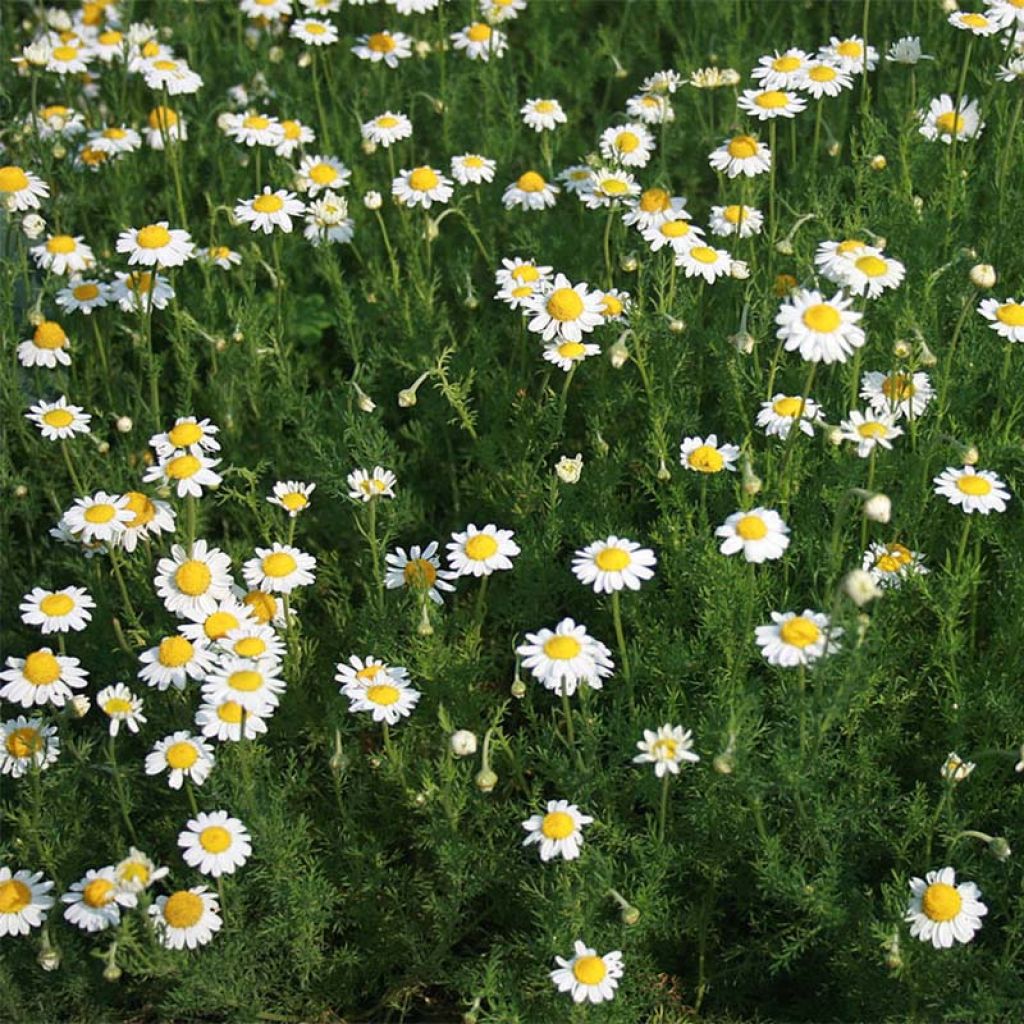

Anthemis nobilis
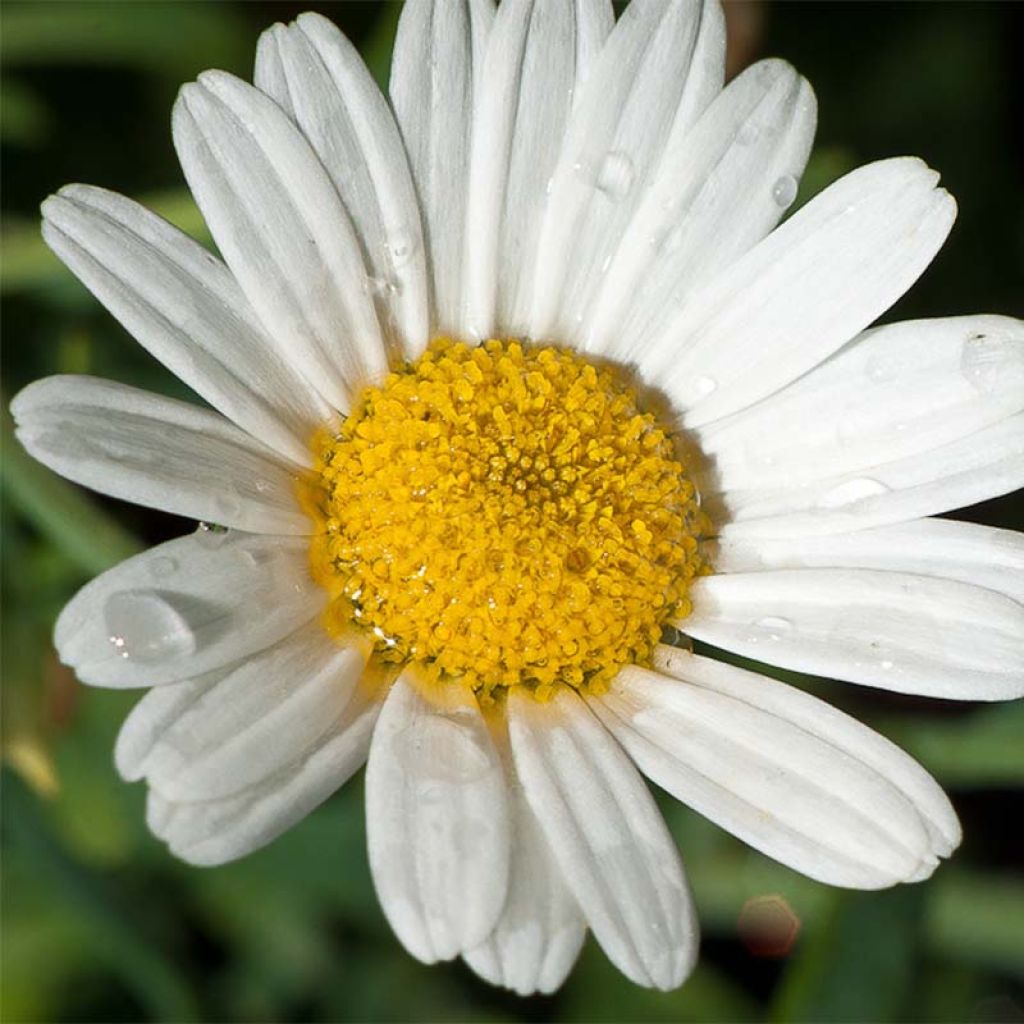

Anthemis nobilis
Anthemis nobilis
Anthemis nobilis
Common Chamomile, Roman Chamomile, English Chamomile, Garden Chamomile, Ground Apple, Low Chamomile, Dog's chamomile, Lawn chamomile
St Anne's flower, Sweet chamomile, Wild chamomile
This item cannot be shipped to the selected country
Dispatch by letter from €3.90
More information
Schedule delivery date,
and select date in basket
This plant carries a 6 months recovery warranty
More information
We guarantee the quality of our plants for a full growing cycle, and will replace at our expense any plant that fails to recover under normal climatic and planting conditions.
Seed-only orders are dispatched by sealed envelope. The delivery charge for seed-only orders is €3.90.
Description
The Common Chamomile or English Chamomile is a perennial plant grown for its ornamental, medicinal, and cosmetic properties. It is a charming Asteraceae that forms a bush of 10 to 30 cm (4 to 12in). Its foliage is highly divided and it is covered, in summer, with pretty daisy-like flowers, white with a yellow centre. It is undemanding and thrives in sandy and fertile soils.
Common Chamomile is highly aromatic, and dried flowers are used to make herbal teas. Calming, a chamomile infusion helps fight insomnia. It is also this chamomile that is used for its hair lightening properties.
Harvest for wildflower bouquets: Chamomile can be used to compose very pretty wildflower bouquets. Harvest a few clusters when the flowers are fully open but not yet ripe: the ligules (outer florets) then bend downwards.
Harvesting flowers for herbal teas (or other uses): Cut the inflorescences when they are fully open but not yet ripe, preferably in the morning. The aromatic properties of chamomile are higher when the flowers are used fresh. If you want to dry them for preservation, spread the flowers on a rack or tray in a dry place away from light. The flowers are well dried when they start to darken.
The gardener's culinary tip: Crumble 4 to 5 chamomile flowers into your pastries to give them a unique and refined flavor.
The gardener's little trick: Chamomile, like nasturtium, attracts aphids, thus acting as a protector of the vegetable garden. In addition, it attracts two great allies of gardens and vegetable patches: the hoverfly and the lacewing. The hoverfly, sometimes confused with wasps because of its yellow and black striped abdomen, has only one pair of wings. Its larvae are ruthless with aphids, which they feed on. Once adult, it becomes a good pollinator. As for the lacewing, which besides having a pretty name and beautiful silhouette, lets its offspring dismantle aphid, mealybug, or red spider mite commandos. Unfortunately, hoverflies and lacewings are extremely sensitive to insecticides, even organic ones.
Report an error about the product description
Anthemis nobilis in pictures
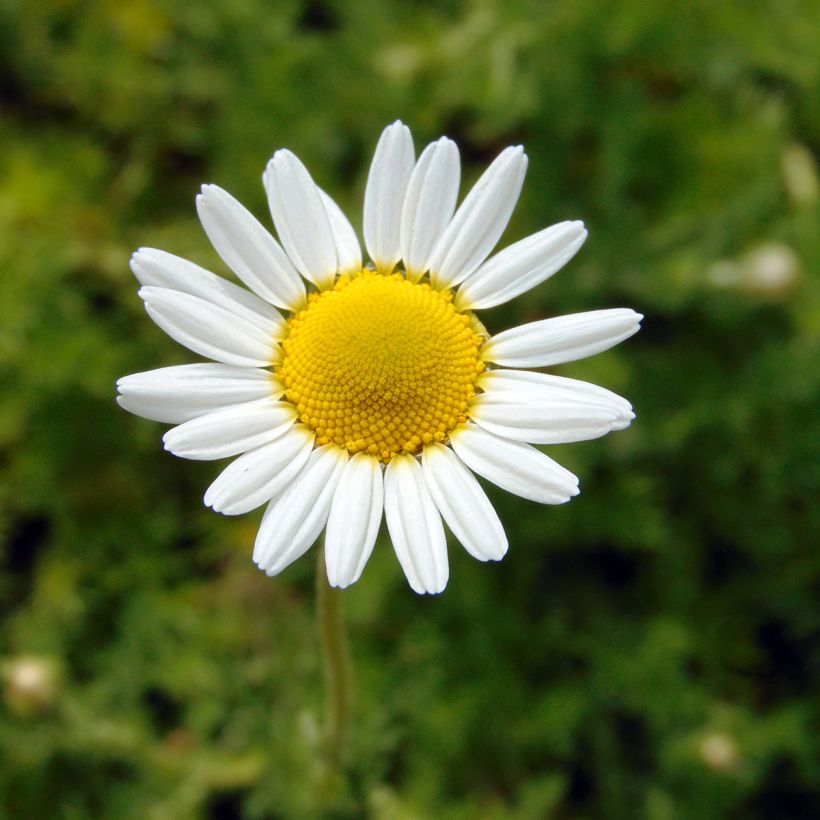



Harvest
Plant habit
Foliage
Botanical data
Anthemis
nobilis
Asteraceae
Common Chamomile, Roman Chamomile, English Chamomile, Garden Chamomile, Ground Apple, Low Chamomile, Dog's chamomile, Lawn chamomile St Anne's flower, Sweet chamomile, Wild chamomile
Western Europe
Perennial
Other Vegetable seeds from A to Z
Planting and care
Sowing: sow directly in the ground from March to April without burying the very small seeds but simply pressing them down. After 21 to 30 days, you will see the first seedlings appear. When they reach a height of a few centimetres, thin them out every 15 to 20 cm (6 to 8in), leaving only the strongest plants. Chamomile is undemanding: at this stage, it no longer requires any special care. Chamomile plants then live their own lives and self-seed very spontaneously and abundantly. The same method should be used for seeds sown in trays for brightening up a balcony. Only the strongest seedlings should be transplanted into pots.
Seedlings
Care
Intended location
This item has not been reviewed yet - be the first to leave a review about it.
Vegetable seeds
Haven't found what you were looking for?
Hardiness is the lowest winter temperature a plant can endure without suffering serious damage or even dying. However, hardiness is affected by location (a sheltered area, such as a patio), protection (winter cover) and soil type (hardiness is improved by well-drained soil).

Photo Sharing Terms & Conditions
In order to encourage gardeners to interact and share their experiences, Promesse de fleurs offers various media enabling content to be uploaded onto its Site - in particular via the ‘Photo sharing’ module.
The User agrees to refrain from:
- Posting any content that is illegal, prejudicial, insulting, racist, inciteful to hatred, revisionist, contrary to public decency, that infringes on privacy or on the privacy rights of third parties, in particular the publicity rights of persons and goods, intellectual property rights, or the right to privacy.
- Submitting content on behalf of a third party;
- Impersonate the identity of a third party and/or publish any personal information about a third party;
In general, the User undertakes to refrain from any unethical behaviour.
All Content (in particular text, comments, files, images, photos, videos, creative works, etc.), which may be subject to property or intellectual property rights, image or other private rights, shall remain the property of the User, subject to the limited rights granted by the terms of the licence granted by Promesse de fleurs as stated below. Users are at liberty to publish or not to publish such Content on the Site, notably via the ‘Photo Sharing’ facility, and accept that this Content shall be made public and freely accessible, notably on the Internet.
Users further acknowledge, undertake to have ,and guarantee that they hold all necessary rights and permissions to publish such material on the Site, in particular with regard to the legislation in force pertaining to any privacy, property, intellectual property, image, or contractual rights, or rights of any other nature. By publishing such Content on the Site, Users acknowledge accepting full liability as publishers of the Content within the meaning of the law, and grant Promesse de fleurs, free of charge, an inclusive, worldwide licence for the said Content for the entire duration of its publication, including all reproduction, representation, up/downloading, displaying, performing, transmission, and storage rights.
Users also grant permission for their name to be linked to the Content and accept that this link may not always be made available.
By engaging in posting material, Users consent to their Content becoming automatically accessible on the Internet, in particular on other sites and/or blogs and/or web pages of the Promesse de fleurs site, including in particular social pages and the Promesse de fleurs catalogue.
Users may secure the removal of entrusted content free of charge by issuing a simple request via our contact form.
The flowering period indicated on our website applies to countries and regions located in USDA zone 8 (France, the United Kingdom, Ireland, the Netherlands, etc.)
It will vary according to where you live:
- In zones 9 to 10 (Italy, Spain, Greece, etc.), flowering will occur about 2 to 4 weeks earlier.
- In zones 6 to 7 (Germany, Poland, Slovenia, and lower mountainous regions), flowering will be delayed by 2 to 3 weeks.
- In zone 5 (Central Europe, Scandinavia), blooming will be delayed by 3 to 5 weeks.
In temperate climates, pruning of spring-flowering shrubs (forsythia, spireas, etc.) should be done just after flowering.
Pruning of summer-flowering shrubs (Indian Lilac, Perovskia, etc.) can be done in winter or spring.
In cold regions as well as with frost-sensitive plants, avoid pruning too early when severe frosts may still occur.
The planting period indicated on our website applies to countries and regions located in USDA zone 8 (France, United Kingdom, Ireland, Netherlands).
It will vary according to where you live:
- In Mediterranean zones (Marseille, Madrid, Milan, etc.), autumn and winter are the best planting periods.
- In continental zones (Strasbourg, Munich, Vienna, etc.), delay planting by 2 to 3 weeks in spring and bring it forward by 2 to 4 weeks in autumn.
- In mountainous regions (the Alps, Pyrenees, Carpathians, etc.), it is best to plant in late spring (May-June) or late summer (August-September).
The harvesting period indicated on our website applies to countries and regions in USDA zone 8 (France, England, Ireland, the Netherlands).
In colder areas (Scandinavia, Poland, Austria...) fruit and vegetable harvests are likely to be delayed by 3-4 weeks.
In warmer areas (Italy, Spain, Greece, etc.), harvesting will probably take place earlier, depending on weather conditions.
The sowing periods indicated on our website apply to countries and regions within USDA Zone 8 (France, UK, Ireland, Netherlands).
In colder areas (Scandinavia, Poland, Austria...), delay any outdoor sowing by 3-4 weeks, or sow under glass.
In warmer climes (Italy, Spain, Greece, etc.), bring outdoor sowing forward by a few weeks.

































